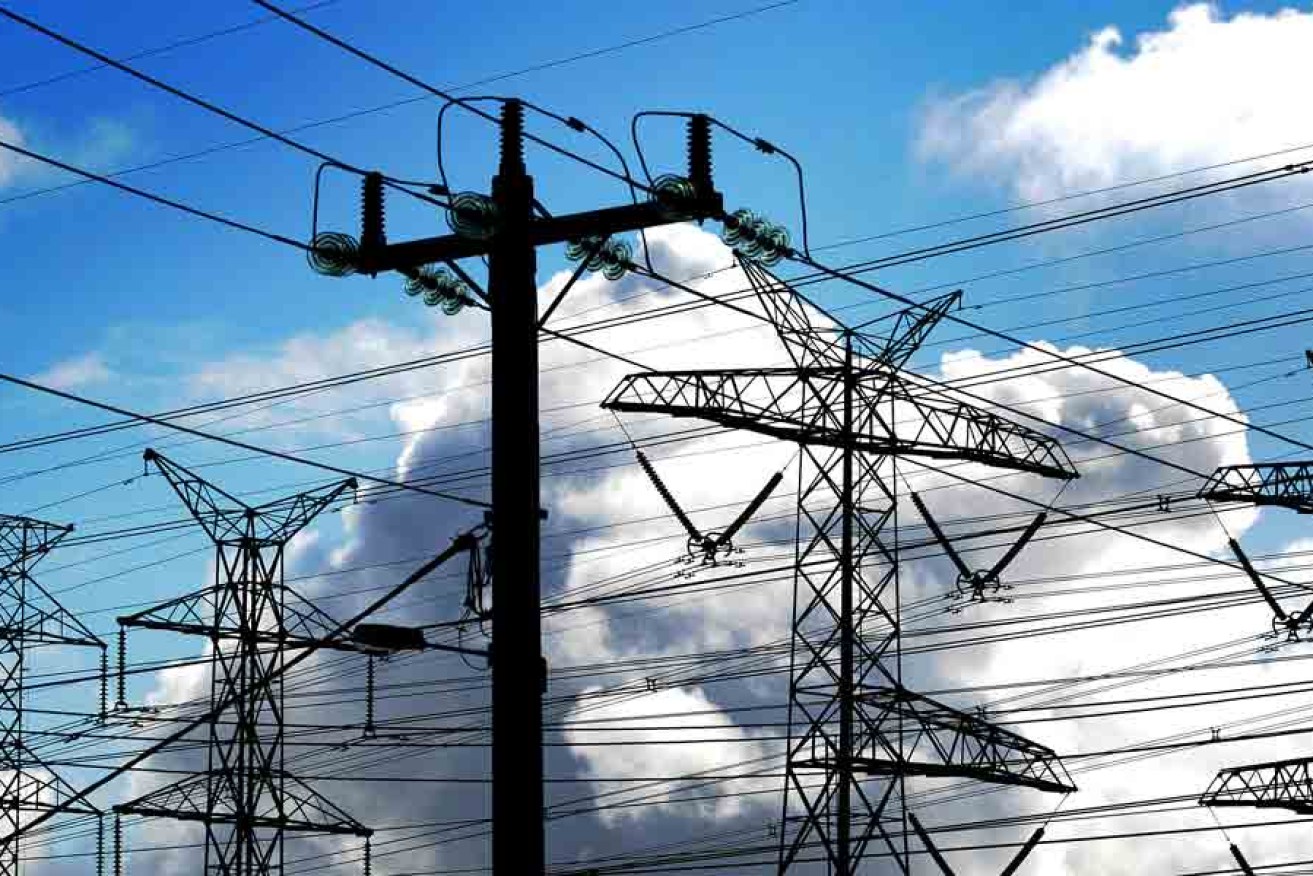The Federal Government wants Australians to fork out more for power in peak times, like hot days, and less when demand is lower.
Cost-reflective tariffs could also increase power bills for people with solar panels to make sure they’re paying their fair share of network upkeep.
Instead of being charged a flat rate for electricity, where infrastructure costs are equally shared, consumers would pay the cost of delivering the power at the time it’s used.
The proposal is outlined in the government’s energy future blueprint and would require households install advanced metering – or smart meters – to monitor how much energy they’re using.
It would be voluntary and aim to avoid power price rises like the 50 per cent hikes endured over the past few years as companies invested in new poles and wires to cope with peak supply.
Industry Minister Ian Macfarlane on Wednesday released the energy white paper, which focuses on increasing market competition, improving productivity and securing investment in the sector.
“Our guiding principle is that markets should be left to operate freely, without unnecessary government intervention,” Macfarlane says in the paper.
Much of the blueprint reflects already announced government policies, like asset recycling to encourage states to sell off electricity assets and better targeting of the vocational education and training system.
It presses for more coal seam gas projects to reduce costs of wholesale gas, highlighting that some states have unnecessary regulatory and planning barriers that prevent “much-needed” supply.
The government will also ask the Australian Competition and Consumer Commission to investigate competition in the eastern Australian gas market.
The paper touches on Australia’s “good potential” for a range of renewable energy sources and outlines a commitment to a sustainable clean energy sector.
But it also reaffirms a commitment to cutting the renewable energy target and plans to abolish the Clean Energy Finance Corporation and the Australian Renewable Energy Agency.
While the government doesn’t detail a promised national energy productivity plan, it does say a 40 per cent target by 2030 is achievable.
It also doesn’t rule out nuclear energy, with Canberra closely watching the outcome of South Australia’s royal commission into the possibility of a local industry.
Energy blueprint: The key points
INCREASE MARKET COMPETITION
* Implement energy market reforms, including time-of-use pricing
* Encourage development of advanced metering technologies
* Encourage states and territories to sell off electricity assets
* Work with states and territories to approve priority gas projects and improve pipeline access
* Prepare strategy to develop coal seam gas industry
* Commission an ACCC inquiry into the gas market
* Better promote resources projects by improving local engagement, transparency and public communication to address misinformation
* Three year monitoring by the ACCC of prices, costs and profits relating to supply of unleaded petroleum products
IMPROVE ENERGY PRODUCTIVITY
* Develop a national energy productivity plan, which includes a productivity target and market reform to lower energy costs
* Improve productivity up to 40 per cent
SECURE INVESTMENT IN ENERGY SECTOR
* Improve workforce productivity and reform vocational education and training system to focus on skills that employers need
* Make immigrant worker 457 visas more flexible
* Encourage indigenous engagement in resource projects
* Remove the need for Commonwealth environmental approvals under one-stop-shops
* Review offshore oil and gas management
* Promote energy exports through new free trade agreements
* Monitor international developments on nuclear energy
OTHER
* Abolish the Clean Energy Finance Corporation and ARENA





